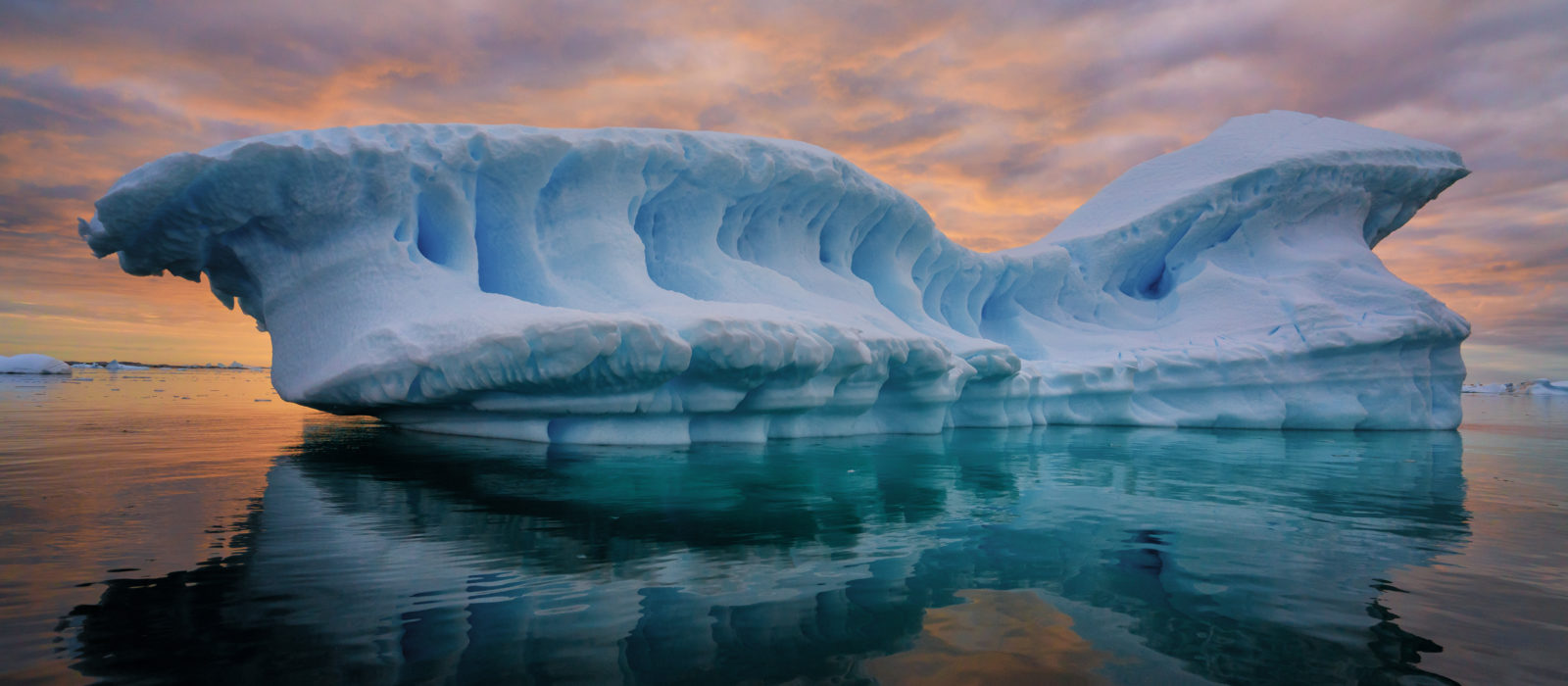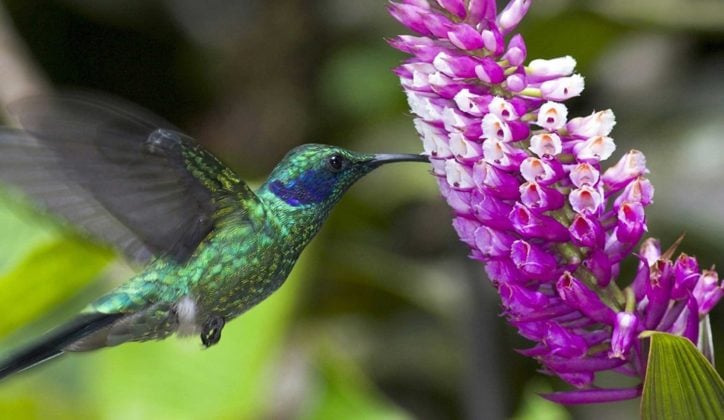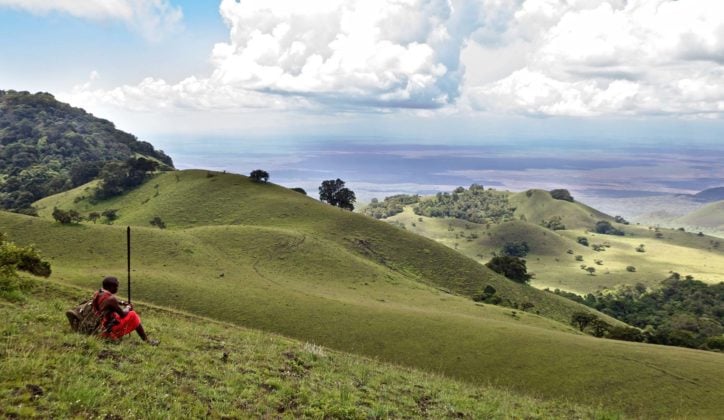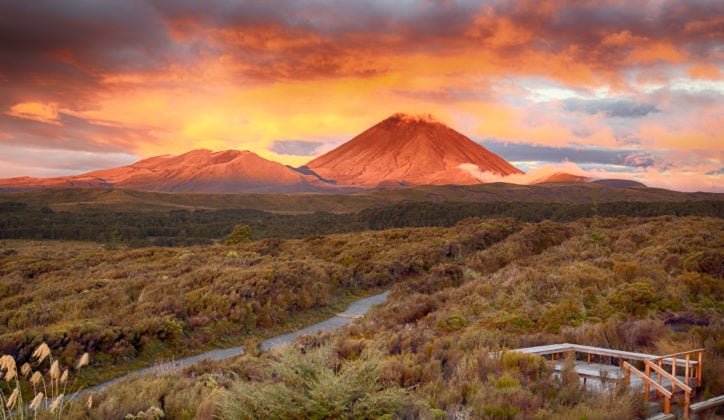Published on: March 20th, 2018
Last modified: December 28th, 2023
Before the launch of his newest photo exhibition in Hong Kong at our luxury event space, The Haven, we spoke to award-winning National Geographic photographer and filmmaker Keith Ladzinski about his vast portfolio of work and his passion for conservation.
Sustainability is at the heart of Ladzinski’s work, which is clear to see in the photos on show at his ‘A Fragile Planet’ exhibition. Ladzinski selected these images taken all over the world to reflect the beauty of planet Earth, as well as to serve as a poignant reminder of the fragility of our natural habitats, the animals that live within them and to encourage us to preserve these pristine environments. This is the second installment in a series of interviews with Ladzinski.
So Keith, how did you first become interested in conservation?
I grew up in Colorado in the US, which is a mountainous region and so I’ve always had a love for the outdoors. I’ve been shooting now for about 20 years and the more time I spent outside taking pictures, the more I fell in love with the outdoors. But I also began to see things that needed attention. I got my first climate change story for National Geographic in 2015, which was a shoot on America’s national parks. It was a real eye-opener for me because up until that point, any work I had done within conservation and climate change was kind of on the periphery of those things and I had never done a story specifically on these issues. So, when I got this story it was both beautiful and heart-breaking in a lot of ways. The locations they sent me to and the biologists they had me working with were people who really had their hands on the pulse of what’s going on. They brought me to locations where I was really exposed to the details and the nitty-gritty of how quickly we are losing our glaciers, how polluted our water systems are, how the rise of heat index is creating wildfires all across our planet. For instance, five years ago they started seeing wildfires in the Arctic, which is brand new as far as human documented history goes.
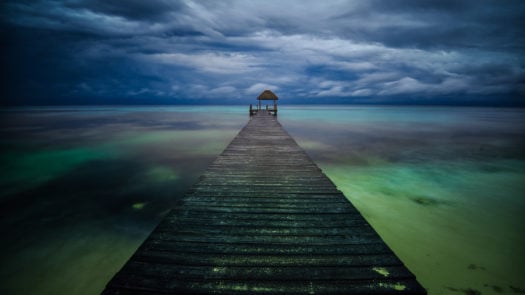
Working with biologists on this particular story and really seeing the effects of climate change is what opened my eyes and what really made me want to start changing a portion of my direction. It really means a lot to me when I do conservation work, climate change stories or focus in on problematic parts of the world and when I’m able to play a part in spreading that message. Being able to go to places and see those changes first hand, take pictures and to share them and the information given to me by these biologists – I’m just grateful to even play whatever small part I can.
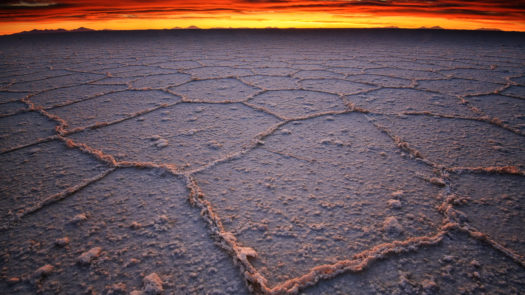
We can all make changes and the only way that things will change is if we all individually make small changes. The world population is projected to grow to 9.7 billion people and with the amount of resources that we’re using, if we all don’t make tiny contributions, it will only get worse. I hope that it promotes bigger change and the pictures that I shoot are thought-provoking and move people. That’s the hope of any picture I ever shoot within the climate change world; I hope it says something that will cause just even one person to say ‘I will make some small changes in my life’. I think we are getting more educated every year, but it is an uphill battle. I find myself scared a lot, when I hear things and when I’m hanging out with a scientist for a month and all I’m seeing is the dark side. You tend to get a little despondent when your job is to go in there and document it and a lot of times it will take me a little bit of time when I leave there to process what I’ve learned. But there is a silver lining if we can all make small changes collectively.
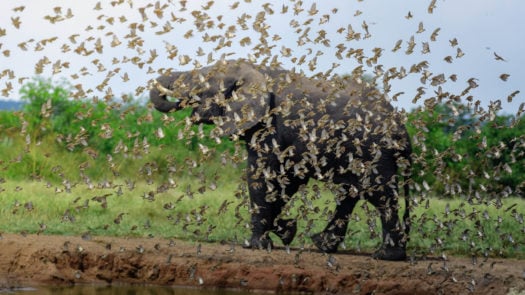
Have you returned to any places where you have first-hand noticed climate change?
I have. I’ve been to numerous coral reefs for instance that I first visited 10-15 years ago in Florida or the Bahamas that are now bleached and totally dead. I’ve returned to places in Mexico and in the Caribbean Ocean where ten years ago I remember seeing them full of life and now it’s all gone. It’s so sad and it breaks your heart. I’ve also been to places in the Arctic as well as Greenland where only seven years ago I remember certain glaciers coming down much further, and when I returned, all of a sudden I saw how much it had receded. It’s really in your face and it’s crazy how much the coral reefs are changing.
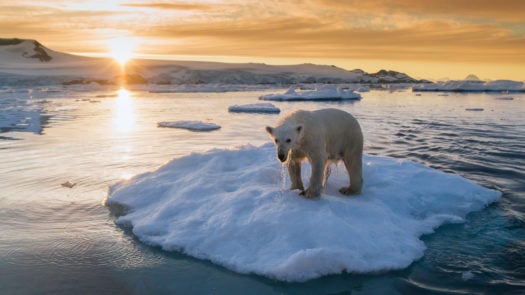
How are you a responsible traveller?
I try to do carbon offsetting as often as possible. I fly a lot on one specific airlines and when you book your ticket, you can actually pay right there and do carbon offsetting right off their website. I try to travel with my own water bottles so I don’t use plastic water bottles. I try to use public transportation to eliminate excess carbon dioxide. The biggest proponent of climate change in the world is carbon dioxide and so I try to eliminate that in any way I can when travelling.
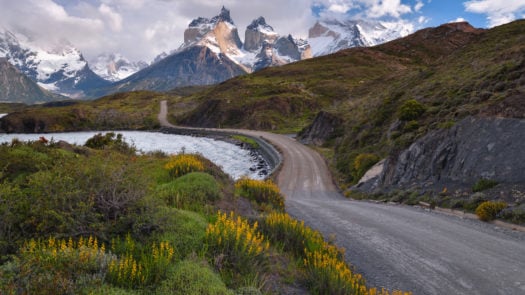
Can you tell me about your work with Sea Legacy?
Sea Legacy’s mission statement is to create healthy and abundant oceans, and their hand is really on the pulse of what is happening to our water systems worldwide. I was asked to join Sea Legacy a few years ago based on the conservation work I do. We just did a shoot in Antartica last year with National Geographic on securing fisheries and trying to make sure people are utilising our oceans responsibly and not polluting them. We wanted to spread awareness on how the Antarctic Peninsula has been overfished for krill, the shrimp-like organism that nearly every animal that lives there is codependent on, and how overfishing krill will cause all of these animals to suffer tremendously.
I think one of the benefits of living in today’s modern world is that anybody can have a voice and if you see something that’s wrong, social media can share that message so quickly and broadcast it out there.
‘A Fragile Planet’ photo exhibition is currently showing at The Haven, 29/F Wyndham Place, 40-44 Wyndham Street, Central, Hong Kong. RSVP now: [email protected]
Stay tuned for our next interview with Keith…
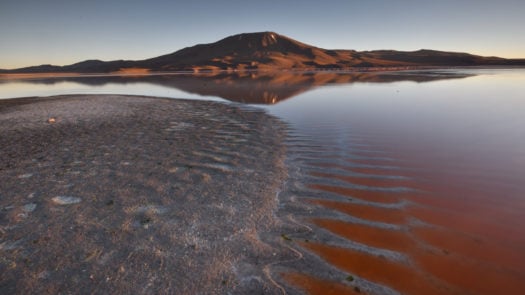
Travel Responsibly with these example trips
Speak to one of our expert travel designers today to help you plan your next sustainable trip
